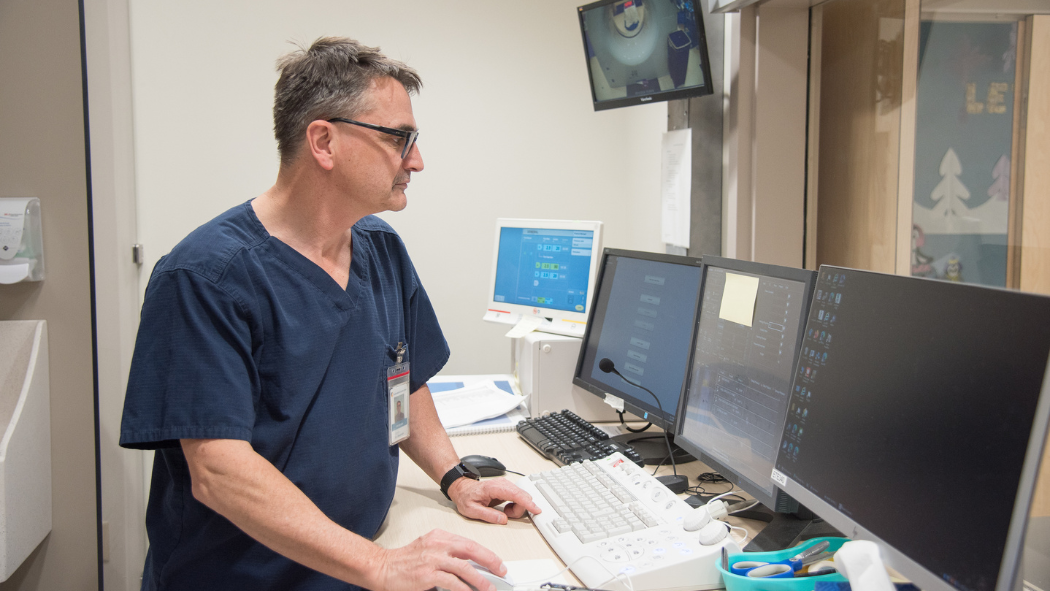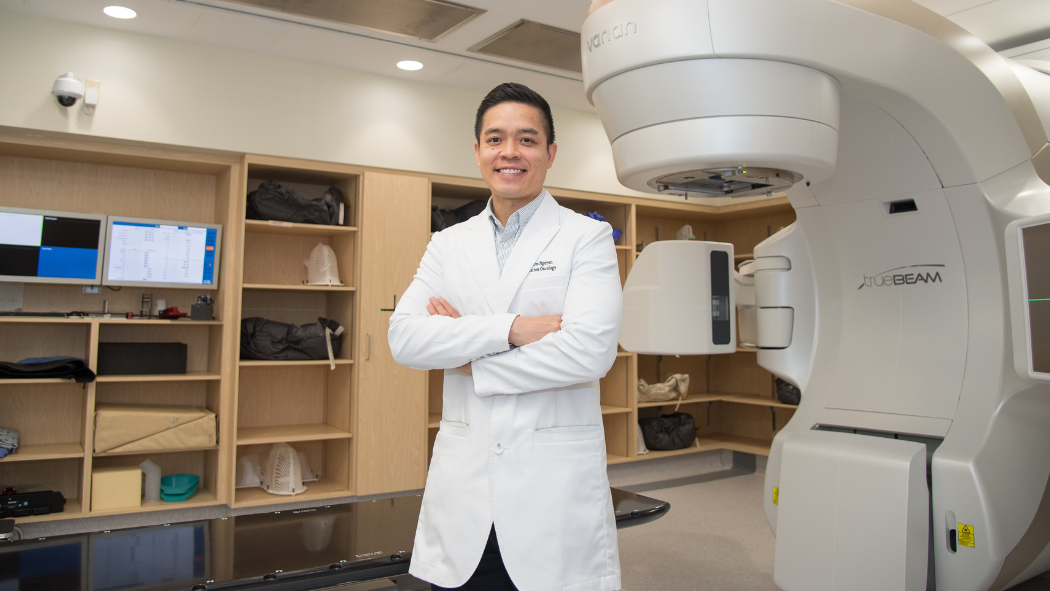
February 3, 2025
A new Phase I clinical trial from London Health Sciences Centre Research Institute (LHSCRI) has found high-precision radiation therapy is safe for use in patients with cancer that has spread to more than 10 spots in the body. The study was recently published in the International Journal of Radiation Oncology, Biology, Physics.
Past research from LHSCRI has shown that targeted radiation, called stereotactic ablative radiotherapy (SABR), may be beneficial for those with cancers that have spread or metastasized to fewer than 10 spots by showing it can lengthen the time until new cancer spots appear and, in some patients, lengthen their lifespan.
This study aimed to assess the safety and feasibility of using SABR in cancer patients with polymetastatic disease – where the cancer has spread to more than 10 spots in multiple organs throughout the body – who have very few drug treatment options available to them.
“Using this targeted, high-intensity radiation to treat cancer that has spread to fewer than five spots seems to provide benefit in terms of controlling cancers for a longer period of time and improving outcomes,” explains Dr. Glenn Bauman, Scientist at LHSCRI and Radiation Oncologist at London Health Sciences Centre (LHSC). “In this new study, we wanted to know if there was an upper limit to how many spots of cancer we should be trying to treat with radiation.”

Thirteen patients were treated at LHSC’s Verspeeten Family Cancer Centre with five doses of radiation using SABR. It was found to be safe in treating 10 or more lesions of cancer throughout the body. All results were within acceptable toxicity levels. “We were able to get up to the full five doses of radiation and we didn’t see any concerning side effects,” Dr. Bauman explains.
In addition, researchers found that although creating radiation plans for the patients was more complex and resource-intensive in terms of targeting multiple lesions while protecting normal organs and tissues, it was feasible in all but one study participant.
A larger Phase II clinical trial is now underway to look beyond the safety of the treatment to the benefits for the patient. This trial will involve patients who are not planning to receive drug therapy for the next three months – whether due to patient preference, a desired break from side effects, or no additional drug treatments being available.

“The Phase I trial was successful in demonstrating the safety and feasibility of this approach,” says Dr. Timothy Nguyen, a Radiation Oncologist at LHSC and the study’s lead author. “With this next, larger trial, ARREST-2, we are examining whether treating as many spots of cancer as safely possible can improve survival and give patients more time.”
While the use of SABR to target specific metastases causing pain or problems in patients with polymetastatic disease is common, the idea of treating areas that are not symptomatic but could help with overall disease control is a new concept that could provide benefit to many cancer patients.
The ARREST trial was made possible thanks to generous London Health Sciences Foundation donors.
